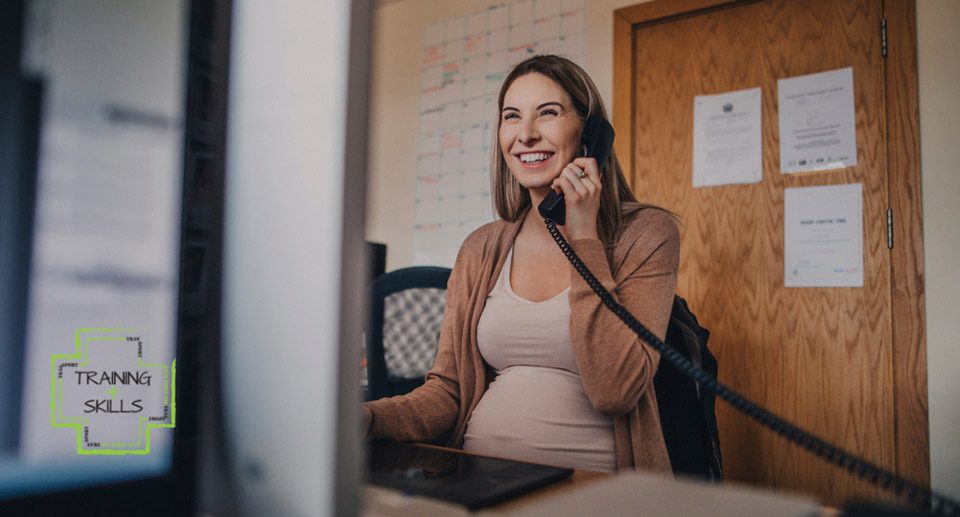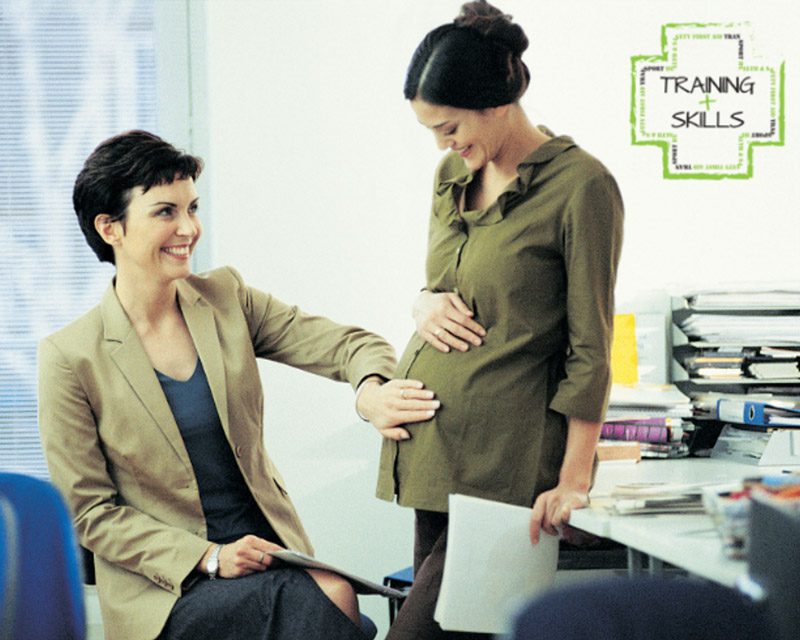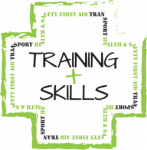A new baby is good news so make sure that at well as wishing the new parent well you make the right arrangements to keep them safe.

Pregnant workers and new mothers need to have an individual risk assessment carried out. If you’re wondering at what point someone ceases to be a new mother, this has been clarified by HSE and includes anyone who is currently pregnant, has given birth in the last six months or is breastfeeding.
This also applies to freelancers, gig workers and those on a temporary contract. They should all be treated the same as per the Employment Rights Act 1996 which confirms the position of workers no matter how long their length of service.
Regular risk assessments
Once you’ve done that risk assessment it’s time to reach for your diary and schedule regular appointments. HSE guidance was updated in 2022 and this requires, in addition to the first risk assessment, regular reviews. These are intended to ensure the risk assessment reflects the current state of your worker as their coordination and physical abilities change as the pregnancy progresses.
These regular reviews are a great opportunity to talk to the mother-to-be and find out how they think their pregnancy will impact their work and talk through anything they might be worried about. Bear in mind that in addition to changes for the employee, there may also be changes to the workplace over the course of their pregnancy.
What kind of risks affect pregnant women at work?
 While some risks, such as the use of chemicals, working at heights or a requirement to lift heavy items, may seem obvious it’s important to consider each workplace and person individually. Depending on how the workplace is set up, the staffing and the job requirements differing arrangements will need to be made.
While some risks, such as the use of chemicals, working at heights or a requirement to lift heavy items, may seem obvious it’s important to consider each workplace and person individually. Depending on how the workplace is set up, the staffing and the job requirements differing arrangements will need to be made.
Don’t forget how important it is to consider the views of the individual and how they feel they are able to cope with the demands and requirements of their job. Bear in mind also that as their pregnancy progresses and the risk assessment will likely need to change.
For example, in the early stages of pregnancy morning sickness might be an issue impacting the kinds of work that can be done. However, this may not be the case in the later stages of pregnancy but there will likely be other tasks such as lifting or standing for long periods of time that have become an issue.
What actions do I need to take?
Where a risk is identified then HSE outlines a 3-stage approach. You can adjust working conditions or hours, offer suitable alternative work or suspend the worker on full pay to protect them and their child.

